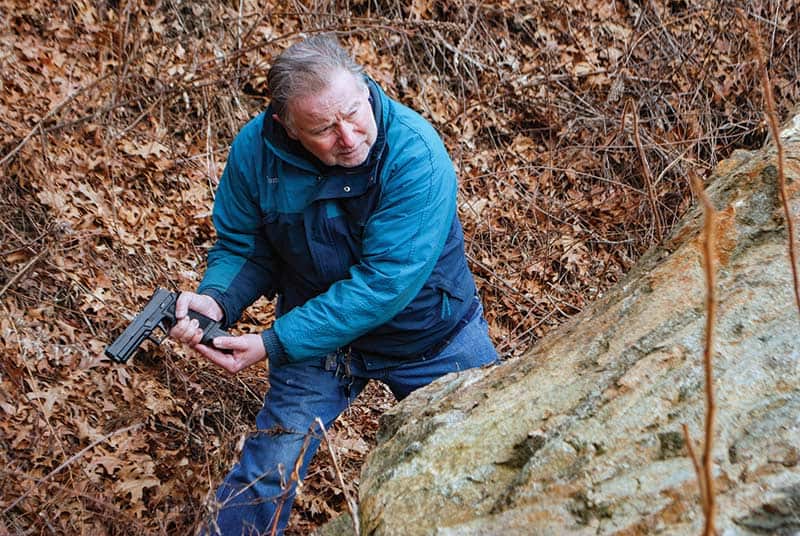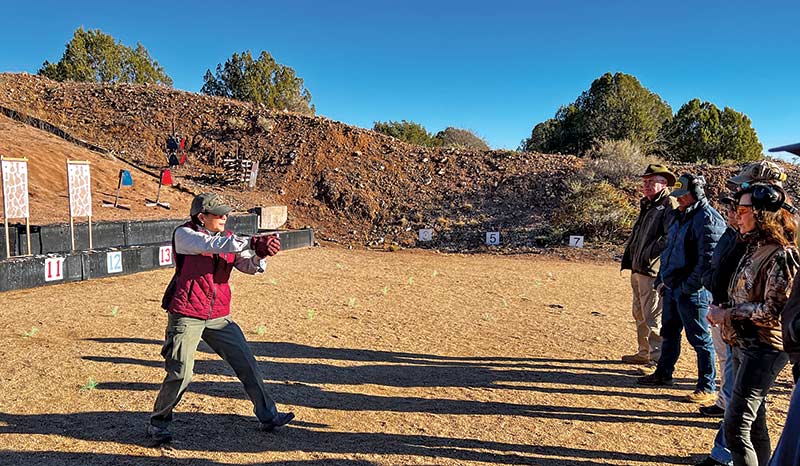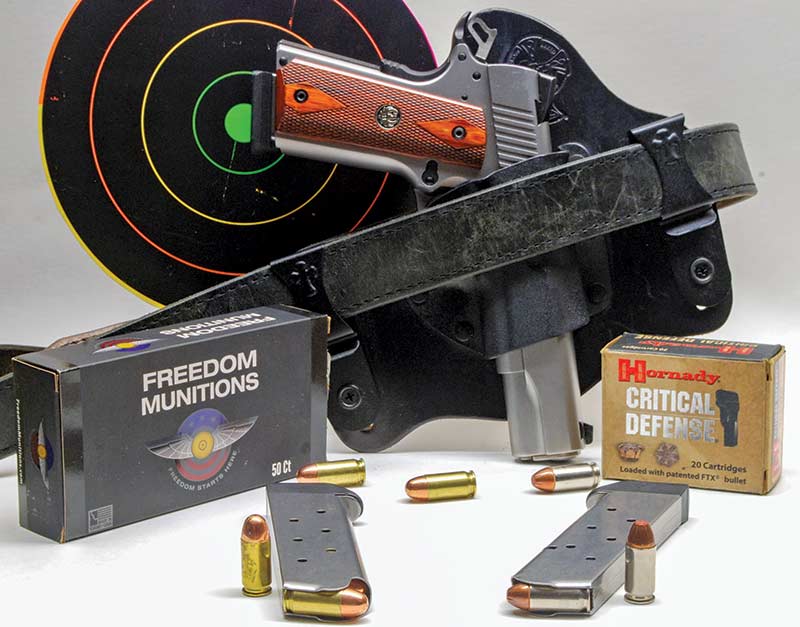Gunfights, Statistics and You
Averages Don’t Care About Your Encounter
We all train in the basics: straight shooting, fast reloads, fast draws and clearing malfunctions. We have decided we will not be victims; we will fight.
On this warrior’s path, we all want to know what to expect and prepare for. Many articles have been written about what really happens in a gunfight. The truth is we will never answer the question we are really asking: What will happen to us?
The bad news is that there’s just one way to find out. But no two fights are the same. No two gunfighters are the same. If you’re unlucky enough to have been in multiple gunfights, not only will each fight be different, but you will also be a different gunfighter in each. In between elephants, you would have learned things about yourself, your weaknesses and strengths, and your continued training will have impacted these things. So how do we prepare for an event that has never happened before and will never repeat?
Do Statistics Matter?
We’ve all seen the statistic proving that most gunfights happen within three meters, last three seconds and include three shots fired. This may be true, but so what? My combat mindset expects to shoot until reload. If I light-off plus or minus three shots, again, so what?
A noted firearms instructor performed an interesting experiment with some advanced students. The objective was to quantify the differences between shooting while standing still, shooting and moving, and seeking and using cover during a gunfight. This informal study yielded the following results: 85% of the students shooting while standing still sustained hits, 47% who shot on the move were hit, and 26% of the cover seekers were hit. This was an interesting experiment, but does anyone need a study to tell them a moving and covered target is harder to hit? Anyone who has swatted a fly or been in a snowball fight could have predicted similar results.
Noted criminologists Gary Kleck and Marc Gertz famously determined that citizens use their guns to defend themselves at a rate of 2.5 million times a year. This makes for great stuff to throw into the gun grabbers’ faces, but it’s utterly irrelevant to me. The only important thing is my use of a gun in self-defense. In that moment, it matters not if millions and millions have come before me or if I’m the first citizen in the history of the World to attempt such a feat. In either case, I still must win. End of study.
When I’m out and about with the spawn of John Moses Browning on my hip, perhaps the only thought I give to statistics is to remind myself of the words of the famous baseball pitcher and placekicker, Mr. Charles Brown: “Tell your statistics to shut up!” The only hard fact a statistic provides is what happened. Whether a statistic predicts what will happen is a matter of opinion. Try asking a gunfight winner or a loser’s family what they think of statistics.
Video Observations
In pursuit of my own answers, I spent some time on YouTube watching those security camera videos of actual shootings. My time spent was, of course, statistically significant. The most interesting to me are videos of armed citizens defending themselves, not police shootings or Gangbangers Gone Wild.
The first worthy item I noted while watching many gunfights unfold is that the bad guys often showed little of the “getting shot” reaction. Another common reaction was for the bad guy to get the hell out of Dodge in a hurry. The third worthy item I noted was the element of surprise. Any self-defense instructor will tell you the advantage of the first move always rests with your attacker. We are forever doomed to reacting to their “surprise.”
However, what’s also true is that no street thug ever knowingly attacks an armed citizen. Going to the tape, you can see the shock and horror expressed by some bad guys when the armed “victim” draws and blasts. It’s the “Oh crap!” sensation goin’ right back at ’em. In cases where multiple gunmen attempt to rob a store and fire is returned, watching ne’er-do-wells fight for the exit can be enlightening. Instead of seeing your life flash before your eyes, you might see the alternate flashing of the bottoms of your attacker’s shoes. That’s creating time and space without really trying.
Deadly Threat Instincts
Call it the subconscious, instinct, the mid-brain or your reptile brain. This is the part of you that blinks your eyes when someone unexpectedly flicks something at your face. It’s also what hits the brakes with your foot fast enough and hard enough to stop your car in an emergency. Both these responses happen with no effort or thought from you. This part of you, your reptile brain, remains unaffected by the stress of deadly combat.
In a crisis, your reptile brain runs the show and will do exactly what you trained it to do. It will not think, feel fear or doubt. The reptile will do precisely as you trained it. During the first Gulf War, I saw an interview with a combat pilot, and he was asked how he deals with combat stress. He replied, “When everything goes to crap, your brain turns to mush, and that’s when your training takes over.”
Trained Brain
The only thing you can expect to happen in your gunfight is for your reptile brain to execute its training. The only way to program your reptile brain is through repeated repetitions of an action.
Take, for example, a speed reload. Repeat a speed reload enough times, and your forebrain relinquishes control to the reptile. The reptile will perform a speed reload if necessary. I always do a perfect speed reload during my combat shooting training or when I’m on the firing line practicing my trigger press. My motion may be slower and more deliberate, but I always make it one more “reptile training” perfect repetition. If you use sloppy form, then that’s what your reptile brain will record.
Can’t Control Statistics
None of us can control what specific circumstances may be waiting for us. No study, statistic or related experience can prepare us for “Our Elephant.” What we can control is our training and our dedication to that training. I hammer on the basics of tactical combat shooting and rely on my reptile to respond and do whatever it takes to keep me on the top side of the dirt.










